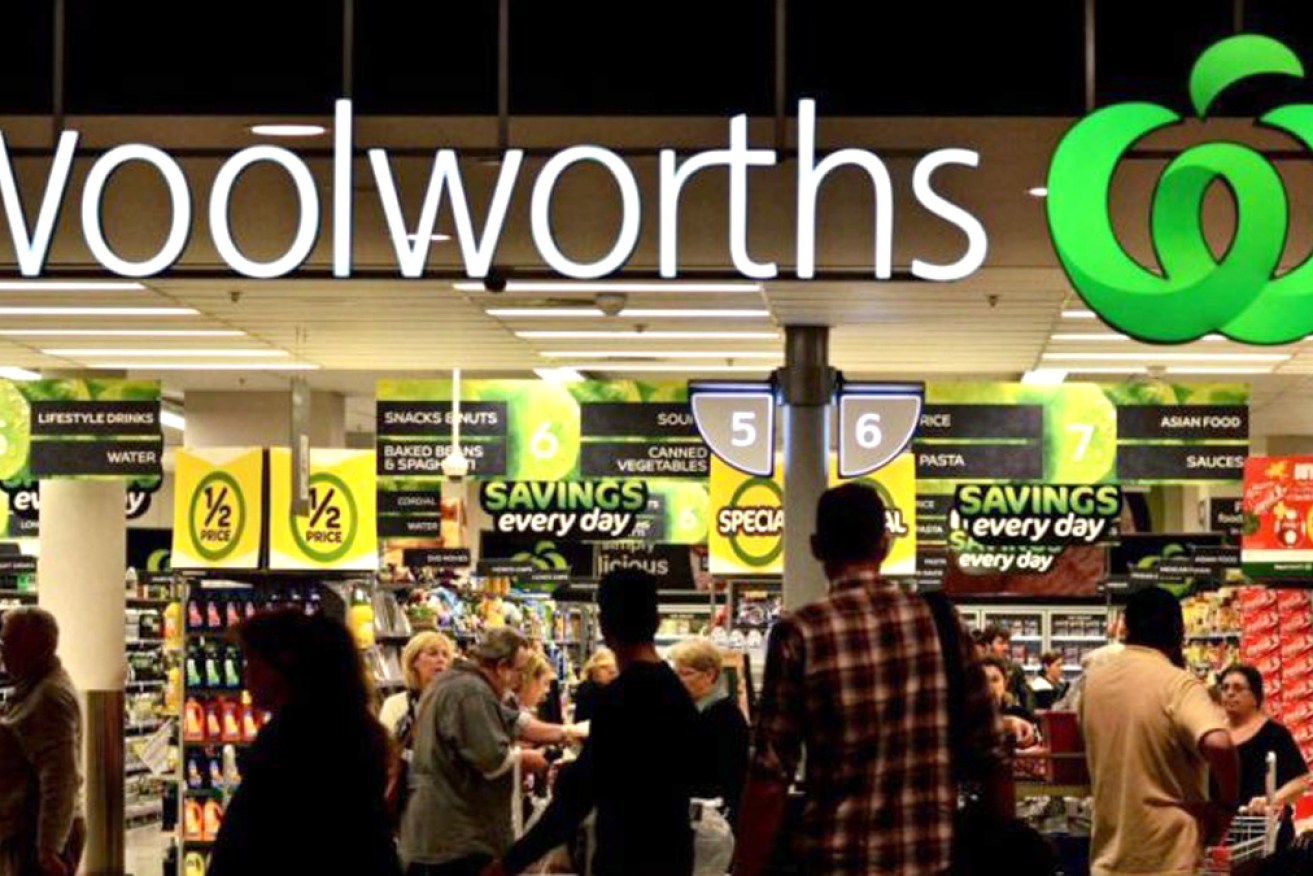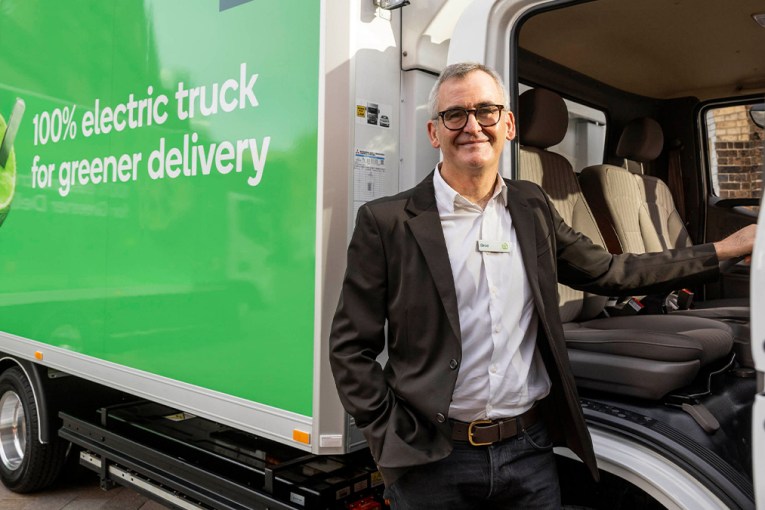Woolworths launches new marketplace as lockdowns shift spending habits


Woolworths has unveiled a new marketplace to cash in on soaring ecommerce spending. Photo: AAP
Woolworths is looking to capitalise on booming ecommerce lockdown sales by launching a new marketplace to take on Amazon.
The supermarket unveiled a national rollout for its Everyday Market offer on Tuesday, opening access to 2200 new products on its website.
Customers will be able to buy goods from suppliers of everything from Lego toys to Breville kitchen appliances and Russell Hobbs crockery.
It comes as new data reveals the latest Delta lockdowns are driving big shifts in the way Australians are spending their money.
“We want to help our customers get more of their everyday needs in the one seamless and convenient online shop,” Woolworths marketplace general manager Lance Eerhard said in a statement on Tuesday.
An analyst told TND the move was a sign of the times as retailers transform themselves into a mix of technology, media and shopping services to keep up with global giants like Amazon.
But there is a key difference in the Woolworths offer – unlike Amazon, it will keep the marketplace closed to a limited list of approved suppliers, allowing the supermarket complete control over what goods are sold.
Woolworths stocks 20,000 products online but wants to double its range.
“We’re starting with a small group of partners,” Mr Eerhard said.
“We have ambitions to more than double our range and offer tens of thousands of products to our customers over time.”
Woolworths is charging a $10 flat delivery fee on marketplace orders, which will be handled by suppliers, but is allowing customers to collect rewards points on purchases from third-party listings on the platform.
Woolworths looks to transform
Retail analyst Brian Walker, chief executive at Retail Doctor Group, said Woolworths is looking to transform its business.
He said there’s “no doubt” it is a challenge to Amazon’s Australian operation, which is now a billion-dollar business Down Under.
“Woolworths is building up this ecommerce technology, media and data play – this is where retail is going,” Mr Walker said.
“Retail is moving towards a marriage of retail, technology and media.”
Mr Walker said Amazon’s subscription model, called Prime, is the main example of this model in practice today.
The tech giant charges a monthly fee for free online delivery and access to its video and music streaming services.
“Marketplaces are 60 per cent of online transactions,” Mr Walker said.
“Woolworths want to build up data and multiple subscription offerings.”
The supermarket already has a subscription for free delivery on grocery orders and Mr Walker believes this part of its business will expand.
Supermarkets surge during COVID
That transition appears to be well under way already, spurred on by a big shift in consumer spending behaviour during the latest Delta lockdowns.
Australian Bureau of Statistics data published on Thursday shows monthly food spending rose by $760 million between May and August.
Much of this growth has come through the online stores run by Woolies and Coles, as millions of Australians stay away from the grocery store.
Delta wreaks retail reckoning
At the same time, though, spending on other retail goods has plummeted.
More than $1.8 billion has disappeared from monthly retail spending between May and August, according to the ABS figures.
It’s the largest drop in retail shopping since COVID struck in April 2020.
Within four months, spending at restaurants, takeaway shops and food services businesses has plummeted by $969 million a month, while spending at fashion and department stores has fallen by about $1.3 billion.
Indeed APAC economist Callam Pickering said the ongoing lockdowns explained the falls.
“It’s a massive impact,” he told The New Daily.
“Spending in July and August was about 4.5 per cent below the June quarter average.”
Economist Saul Eslake said spending should rebound when lockdowns end in October and November, but cautioned the recovery could be slower than last time as some people will be hesitant to hit the shops.
“There will be some people who will not be allowed the freedoms that others do,” Mr Eslake said.
“That has an economic impact.”
Gambling, booze spending skyrockets
Meanwhile, other spending categories are skyrocketing.
Falls in fashion shopping and restaurant spending are being partly offset by rises in gambling, alcohol purchases and food delivery on UberEats.
New real-time spending data published by Accenture on Tuesday shows a 330 per cent increase in gambling since Delta plunged New South Wales and Victoria into lockdown, while alcohol is up by about 55 per cent.
The research, which tracks national card spending, shows food delivery has doubled since June, while spending on pets has risen 65.7 per cent.
Mr Eslake said the data shows Australians are finding a way to spend the $160 billion in extra household savings accrued over the past year, with soaring property prices contributing to surging household wealth.
“People are sitting at home with nothing to do,” Mr Eslake told TND.
“It has always been a mythology that Australians would bet on two flies crawling up a wall.
“Australians have spent a lot more time staring at their walls.”








